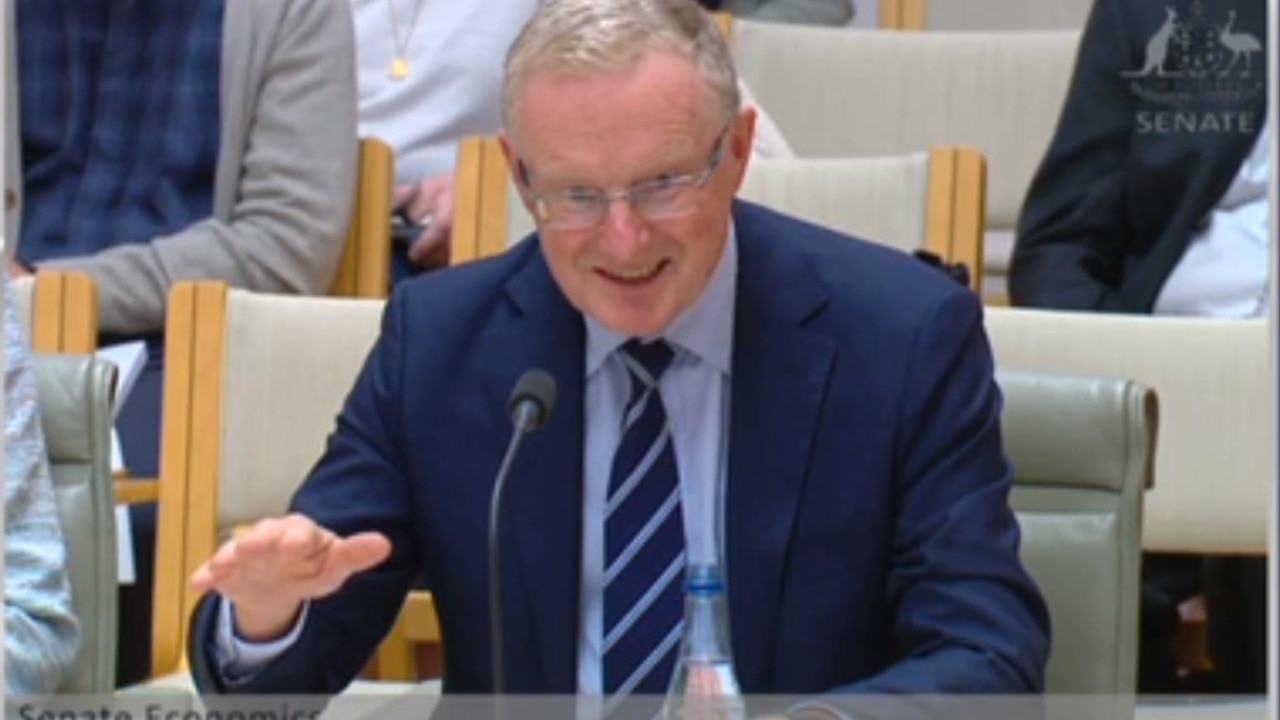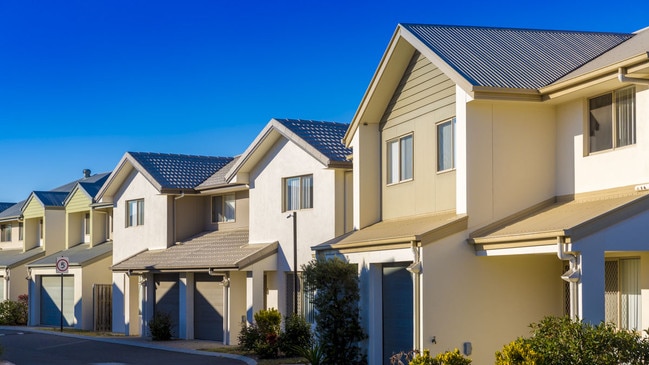
One cannon warned not to lift rates and the other warned that this was the last chance to prevent locking in high inflation, so rates should be lifted one more time.
The first cannon shot came from the Commonwealth Bank, which, like other banks, is seeing first hand the rise in the number of heavily mortgaged customers who can’t make ends meet because their income has not matched increased prices, yet they face higher interest burdens. Renters are often worse off.
Accordingly, the chilling CBA message to RBA directors (delivered via economist Gareth Aird) was that the mortgage belt squeeze is going to be much more severe than the RBA anticipates and as a result inflation will fall both faster and further than the RBA forecasts.
Behind that CBA warning is looming extreme community financial pain that will spark much higher unemployment. And to make sure the RBA understood the community suffering behind the message, the CBA added that next year the RBA will be forced to reduce interest rates to “a more neutral setting” to prevent the unemployment rate from rising “above 4.25 per cent” – it's currently 3.5 per cent.
While the CBA’s knowledge of what is happening in the mortgage belt is second to none, like other banks it underestimated the power of the current housing shortage and has been surprised by the rises in house prices in recent weeks.
The higher dwelling prices are a warning that strong inflationary forces are still out there.

And that leads to the second cannon shot that was fired. Australia’s core inflation rate is now higher than any G7 country. Our 6.6 per cent rate compares to 6.26 per cent in Britain, and 5.6 per cent in the US.
With inflation at such a high rate, led by ballooning food prices, there is extreme danger that it will become ingrained into the economy and require draconian methods and much higher unemployment to get down.
Governor Philip Lowe is a traditional central banker and were it not for the mortgage belt and renter bleeding he might see that another rise in interest rates at this point is a lot safer strategy given there is a danger that our inflation risks being locked in at a high rate. And so it was that the RBA concluded that this was their last chance to put the nail into the inflation coffin, and they would not miss it. The CBA warnings were cast aside.
It was a historic decision, given it was the last time the “gang of six” independent RBA directors who have delivered an unprecedented ten interest rate rises would meet together. Next month, former Fair Work Commission president Iain Ross will attend his first meeting, replacing Wendy Craik.
In August, Elana Rubin will become a director and finally in September it is highly likely that Lowe will not be reappointed.
Unless there is some major event in the next three months, it is not likely that the interest rates will be lifted, and the new governor will certainly not want to start his or her career with a resumption of higher interest rates.
So, it is all fingers crossed that the CBA is right that the downturn already created combined with this rate rise will be severe enough to reduce inflation and then allow for lower interest rates.
Meanwhile, the suffering on the mortgage belt may be even more severe than the CBA is expecting. There are a rising number of people who can’t make ends meet and are managing to keep at least most of their mortgage payments going via the gig economy.
But the availability of part-time gig jobs, where the person has great flexibility in times worked, may be about to be reduced. Once the downturn gathers pace, it will be the gig economy jobs that suffer first.
In addition, we are experiencing a big rise in migration led by a large number of students, and they will look to obtain Australian income by taking jobs in the gig economy.
Indeed, it was their withdrawal that contributed to the big labour shortages. And finally, the ALP government is devising a set of bizarre rules to make it harder for people like hard-pressed mortgagees to gain a second income.
We don’t yet know exactly what it is planning, but it looks horrific, and therefore we face a three-way crunch on the ability of Australians to meet their mortgage payments via extra income.
The banks desperately want lower interest rates to cover that situation, but if rates are lowered then there is likely to be another housing price boom given the shortage of supply.
And in that context, the new RBA board and governor will have a mandate to rate unemployment in the same basket as inflation — no easy task if lower interest rates are boosting dwelling prices and inflation at a time of high unemployment. Another reason why rates were increased this month.






As the crew of the Reserve Bank battleship this week prepared for the interest rate decision, two cannon shots were fired across their bow.